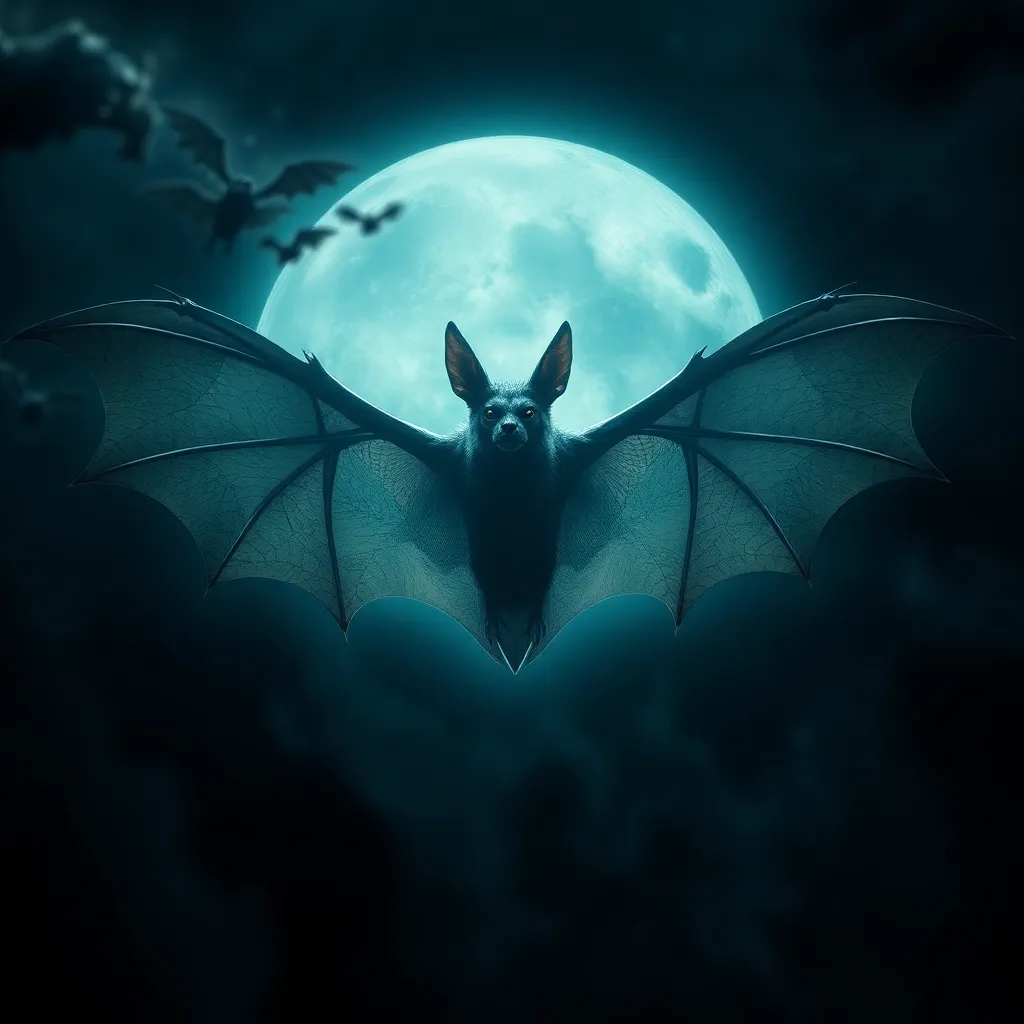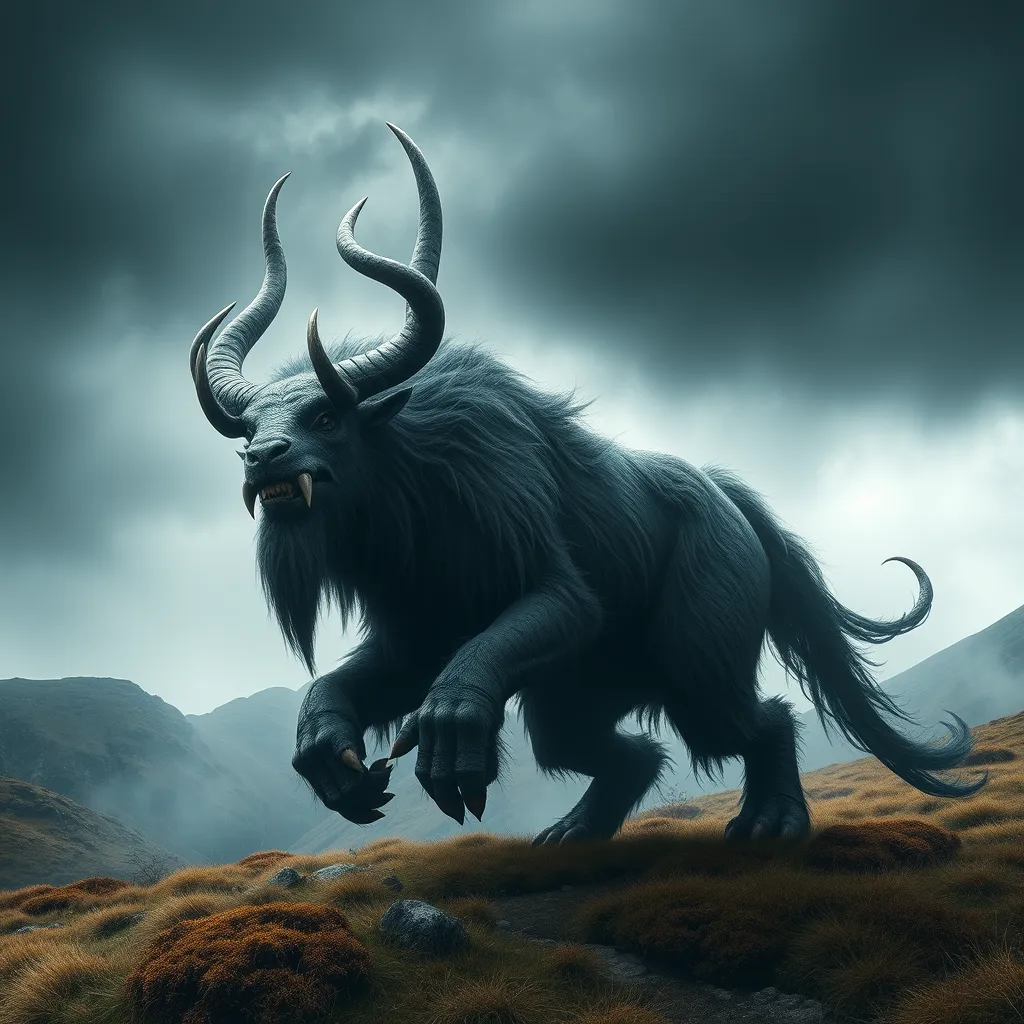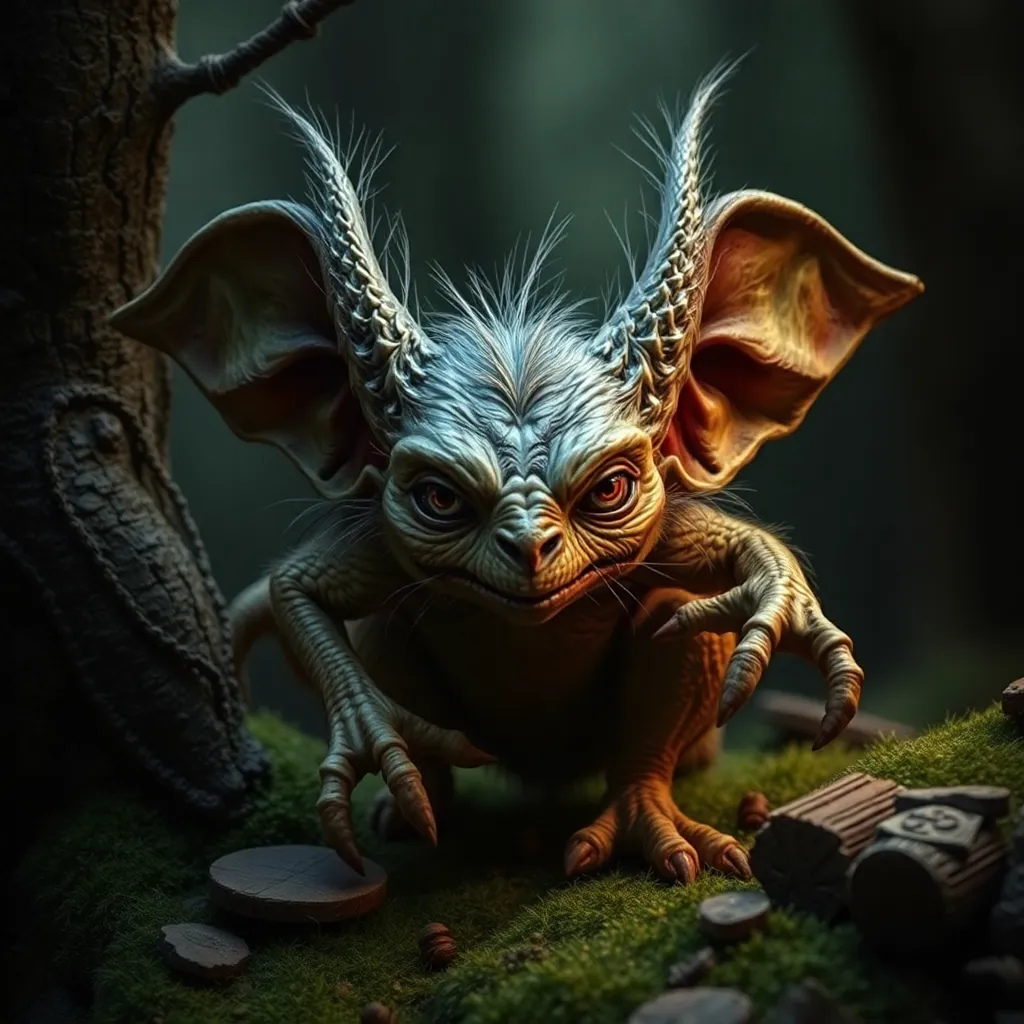The Mythology of Bats: A Cross-Cultural Exploration of Bat Deities and Supernatural Beings
I. Introduction
Bats are fascinating creatures that play a vital role in ecosystems around the globe. As pollinators and pest controllers, these nocturnal mammals contribute significantly to the health of various environments. However, beyond their ecological importance, bats have also captured the imagination of cultures worldwide, becoming symbols deeply embedded in mythology and folklore.
This article aims to explore the multifaceted roles of bats in different cultural mythologies, examining how they are revered, feared, and represented in various narratives. By delving into these mythologies, we can better understand the dual nature of bats and their significance across human history.
II. The Symbolism of Bats in Different Cultures
Bats often embody a complex symbolism that oscillates between fear and reverence. Their nocturnal habits and unique physical characteristics have led to varied interpretations throughout history.
A. General Symbolism of Bats: Duality of Fear and Reverence
In many cultures, bats are associated with darkness and the unknown, evoking fear. However, they are also seen as symbols of transformation and rebirth, leading to a duality that reflects the human experience of life and death.
B. Common Themes: Transformation, Death, and Rebirth
Whether viewed as omens or as guides to the afterlife, bats often symbolize:
- Transformation: Representing change and adaptation.
- Death: Frequently linked to the underworld and spiritual realms.
- Rebirth: Signifying renewal and the cyclical nature of life.
III. Bat Deities in Ancient Civilizations
Throughout history, various civilizations have revered bats, often depicting them as deities or significant figures within their mythologies.
A. The Bat God in Mesoamerican Cultures (e.g., Camazotz)
In Mesoamerican mythology, particularly among the Maya, Camazotz is a bat god associated with death and the underworld. Depicted as a human figure with bat-like features, Camazotz embodies the duality of life and death, often associated with sacrifices and rituals.
B. Bat Figures in Chinese Mythology
In contrast, bats in Chinese culture are symbols of happiness and good fortune. The word for bat (蝙蝠, biānfú) sounds like the word for fortune (福, fú), leading to their frequent appearance in art and decorations, particularly during the Lunar New Year.
C. The Role of Bats in Ancient Egyptian Mythology
In Ancient Egypt, bats were associated with the goddess of night, Nuit. They were considered protectors of the tombs and were often depicted in funerary art, symbolizing the connection between life and the afterlife.
IV. Bats in Indigenous Mythologies
Bats also hold significant places in the mythologies of indigenous cultures around the world, often symbolizing various spiritual and cultural beliefs.
A. Bat Legends in Native American Cultures
Many Native American tribes have legends featuring bats, often portraying them as tricksters or messengers. For instance, the bat is seen as a symbol of rebirth and renewal in some tribes.
B. The Significance of Bats in Australian Aboriginal Stories
In Australian Aboriginal mythology, bats are often linked to creation stories and are seen as the custodians of the night. Their role as pollinators is recognized, emphasizing their importance in the ecosystem.
C. Bats in African Folklore and Their Association with Ancestral Spirits
In various African cultures, bats are believed to be intermediaries between the living and the spirit world. They are often associated with ancestral spirits, guiding the living in their journeys.
V. Bats as Supernatural Beings
In literature and folklore, bats often take on supernatural characteristics, contributing to their enigmatic reputation.
A. Bats in Vampire Lore and Gothic Literature
Bats are perhaps best known in Western culture as symbols of the vampire mythos. The association of bats with vampires, particularly through literary works such as Bram Stoker’s “Dracula,” has cemented their place in Gothic literature.
B. The Transformation of Bats into Witches and Spirits in European Folklore
In European folklore, bats are often linked to witches, with tales suggesting that witches could transform into bats. This connection further illustrates the fear and fascination surrounding these creatures.
C. Modern Interpretations of Bats in Popular Culture
In contemporary media, bats continue to be popular figures, appearing in movies, comics, and video games. They are often portrayed as either fearsome villains or misunderstood heroes, showcasing the continued evolution of their symbolism.
VI. The Role of Bats in Nature and Mythology
Understanding bats involves recognizing their ecological contributions as well as their mythological representations.
A. Ecological Contributions of Bats: Pollination, Pest Control
Bats play crucial roles in ecosystems, including:
- Pollination of various plants, including fruit-bearing species.
- Pest control by consuming vast quantities of insects, which benefits agriculture.
B. Mythological Representation of Bats as Guardians of Nature
In many cultures, bats are seen as guardians of nature, symbolizing the balance between the seen and unseen, light and dark.
C. The Importance of Bats in Maintaining Cultural Narratives about Balance and Harmony
Bats embody the idea of balance in nature, often serving as reminders of the interconnectedness of life and the importance of harmony in ecosystems.
VII. Contemporary Perspectives on Bat Myths
As societies evolve, so too do the perceptions of bats and their mythologies.
A. The Impact of Conservation Efforts on Cultural Perceptions of Bats
With increasing awareness of the ecological importance of bats, conservation efforts are reshaping cultural attitudes. Initiatives to protect bats have led to more positive representations in various media.
B. How Modern Science is Reshaping the Mythology Surrounding Bats
Scientific advancements have demystified many aspects of bat behavior, leading to a greater appreciation of their roles in ecosystems and challenging outdated myths.
C. The Role of Bats in Contemporary Folklore and Storytelling
Modern folklore continues to adapt, with bats appearing in new narratives that reflect current societal values and ecological concerns.
VIII. Conclusion
The exploration of bat mythology reveals a rich tapestry of meanings and representations across cultures. From ancient deities to modern interpretations, bats serve as potent symbols of transformation, balance, and the interconnectedness of life.
As societal views evolve, so does the mythology surrounding bats. It is essential to preserve both the ecological and cultural narratives associated with these remarkable creatures, ensuring that future generations appreciate their significance in nature and mythology.




